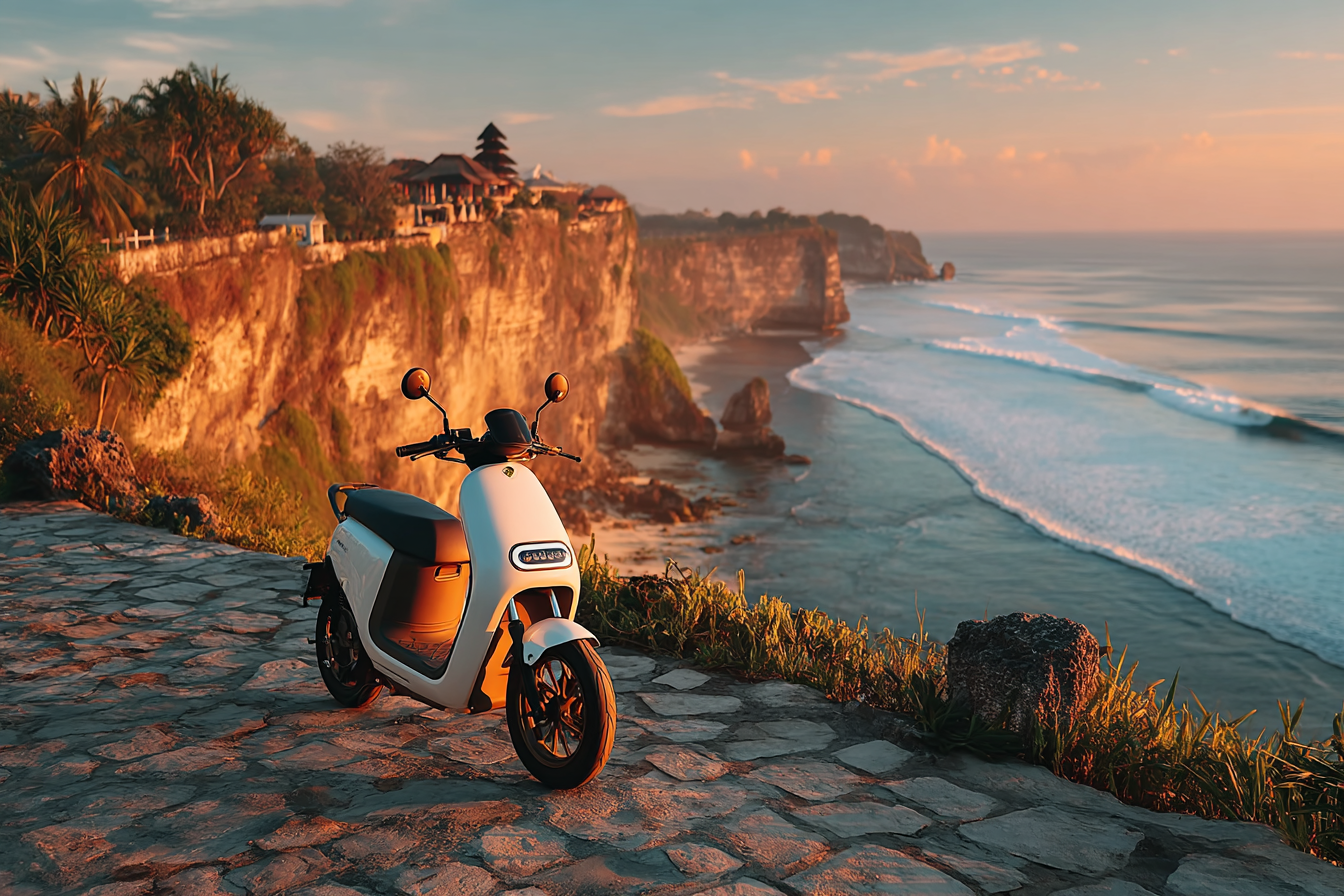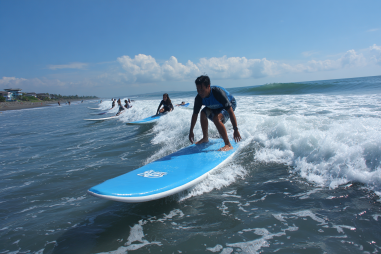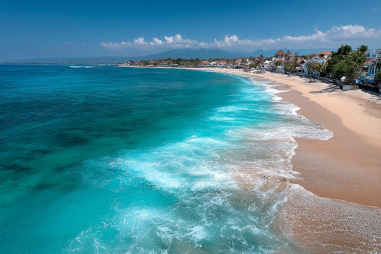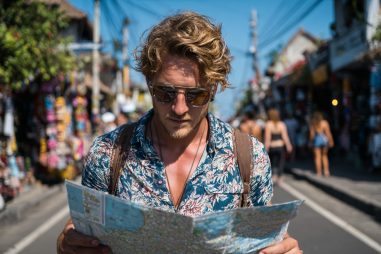Exploring Uluwatu, located on Bali’s stunning southern coast, can be an unforgettable experience filled with breathtaking views, beautiful beaches, and cultural landmarks like the famous Uluwatu Temple. However, understanding the best ways to get around this area is essential to maximizing your time and ensuring a safe, smooth journey. Whether you prefer the freedom of two wheels, the convenience of ride-hailing apps, or the familiarity of taxis, knowing the transportation options and tips can make your trip stress-free and enjoyable. Let’s dive into everything you need to know about navigating Uluwatu and its surrounding areas.
Overview of Transportation Options
Uluwatu offers a variety of transportation methods catering to different travelers’ needs and preferences. The most popular options include renting scooters, using taxis, hailing rides through apps like Gojek or Grab, and occasionally utilizing limited public transportation. Many visitors find scooters to be the most flexible way to explore the winding coastal roads and hidden beaches, while others prefer the ease of taxis or reliable ride-hailing services. Walking is less common due to the spread-out nature of Uluwatu and the hilly terrain.
Each option has its unique pros and cons, so it’s a good idea to choose based on your confidence in driving, budget, and desired comfort level.
Renting Scooters and Safety Tips
Renting a scooter is undeniably one of the most popular and cost-effective ways to get around Uluwatu. Scooters give you the freedom to explore at your own pace, visit less accessible beaches, and avoid traffic jams in some cases. Daily rental prices typically range from IDR 50,000 to 100,000 (approximately $3.50 to $7) depending on the type of scooter and rental duration.
However, if you decide to go the scooter route, safety should be your priority. Here are some essential tips:
- Wear a helmet: Always wear a helmet, and check that your rental provides one in good condition. Helmets save lives and are legally required in Bali.
- Check the scooter’s condition: Before renting, inspect the brakes, lights, tires, and fuel level. Make sure everything is working properly.
- Drive cautiously: Uluwatu’s roads can be steep, narrow, and winding. Keep a moderate speed, especially around blind corners, and watch for pedestrians and other vehicles.
- Be aware of local traffic rules: Drive on the left side of the road, use indicators, and respect traffic signs.
- Carry an International Driving Permit (IDP): It’s recommended to have an IDP or your home country’s valid motorcycle license to avoid legal trouble.
Following these tips can help ensure your scooter adventures around Uluwatu are safe and enjoyable.
Using Taxis and Ride-Hailing Apps
If you prefer not to drive, taxis and ride-hailing apps provide convenient alternatives. Official metered taxis are somewhat rare in Uluwatu, but you can easily find Blue Bird taxis in more populated areas or arrange one through your hotel. Make sure to confirm the use of the meter to avoid overpaying.
Ride-hailing apps like Gojek and Grab are extremely popular in Bali and generally provide affordable, reliable transport options. With just a smartphone and an internet connection, you can order cars or scooters in minutes. These apps also allow you to estimate prices before booking, track your driver, and pay cashless, adding an extra layer of convenience.
One thing to remember is that some more remote or less tourist-heavy parts of Uluwatu might have fewer drivers available, especially late at night or during peak tourist seasons, so it’s wise to plan ahead.
Public Transportation Availability
Public transportation in Uluwatu is limited compared to other parts of Bali. Traditional options like bemos (shared minibuses) or local buses are rare and unreliable, especially for tourists unfamiliar with the routes and schedules. Due to the area’s somewhat remote nature and focus on tourism, most visitors opt for scooters or taxis.
That said, some shuttle services run between popular tourism hubs such as Uluwatu, Seminyak, and Kuta, often operated by hotels or tour companies. These can be a comfortable option if you want to avoid driving but don’t want the expense of private taxis.
Best Routes and Travel Times
When getting around Uluwatu, knowledge of the best routes and travel times can save you frustration and delay. Uluwatu is roughly an hour’s drive from Ngurah Rai International Airport and 30 to 40 minutes from popular areas like Seminyak or Canggu, depending on traffic.
The main roads linking Uluwatu to the rest of the island include Jalan Raya Uluwatu (the main coastal highway) and Jalan Labuan Sait, which lead to various beach access points and attractions.
To avoid Bali’s notorious traffic jams, try to travel outside peak hours: mornings between 7 am and 9 am and late afternoons between 4 pm and 7 pm. Early mornings and late nights are generally quieter. Weekends, especially holiday periods, tend to see heavier traffic on main routes heading into Uluwatu.
Parking and Traffic Considerations
Parking in Uluwatu is usually straightforward at major beaches, temples, and popular cafes, with many establishments providing dedicated parking areas free or for a small fee. When parking on streets, be aware of local customs and always avoid blocking entrances or narrow roads to prevent fines or your vehicle being towed.
Regarding traffic, Uluwatu’s winding coastal roads can become congested during the tourist high season and sunset hours, especially near famous spots like Uluwatu Temple. Drive patiently, follow local traffic flow, and be mindful of motorbikes weaving through traffic.
Budget Tips for Transport
Keeping your transportation costs low is easy with a few smart strategies:
- Rent scooters: As the most cost-effective option, scooters allow you to explore extensively without spending much on transport.
- Use ride-hailing apps: Choose scooters via apps like Gojek or Grab for short trips, which are cheaper than cars.
- Book round-trip taxis or transfers: When traveling longer distances, negotiate for a round trip or airport transfers to get discounts.
- Avoid peak traffic times: This saves you fuel and time, reducing overall transport costs.
- Combine trips: Plan your itinerary to group nearby spots and reduce the number of trips needed.
By using these tips, you’ll stretch your travel budget further while still experiencing all that Uluwatu has to offer.
Finding the Best Way to Explore Uluwatu
For most travelers, a combination of renting a scooter and occasional taxi or ride-hailing use is the best strategy. Scooters let you immerse yourself in the natural beauty and hidden gems around Uluwatu with total freedom. When you’re feeling less adventurous or traveling with luggage, relying on taxis or apps provides you with comfort and peace of mind.
Remember to prioritize safety, respect local rules, and check conditions before every journey. With these transportation tips in hand, you’re ready to enjoy Bali’s southern coast in all its charm with ease and confidence.







